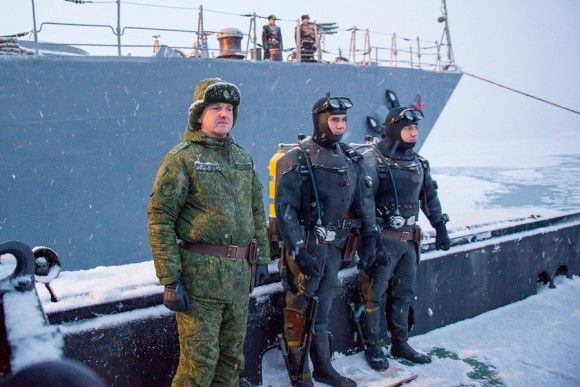Industry
SAFEDAM - Monitoring System for the Levees
A system for monitoring the flood embankments - “SAFEDAM” - is being developed in Poland. The system will make it possible to counteract the threat of flooding, it would also support the work undertaken by the crisis management organs, should a flooding scenario unfold. The system is being worked on by a consortium led by the Faculty of Geodesy and Cartography of the Warsaw University of Technology. Astri Polska has been tasked with development of an IT system that would integrate the tools embedded within the whole solution.
The goal of the SAFEDAM project is to create a monitoring system that would deal with surveillance of flood embankments with the use of a non-invasive unmanned flying measurement platform, also involving aerial and satellite imagery. The system’s advantage is seen in integration of the existing databases, maintained by the Institute of Meteorology and Water Management and by the Central Facility for Geodesic and Cartographic Documentation, complemented with data provided by a UAV and EO and SAR satellite imagery. Sentinel satellites data would be utilized for the purposes of automatic presentation of the areas covered with water. The free data would be enriched with high-resolution imagery gathered by a number of commercial satellite platforms, such as Pleiades, SPOT and TerraSAR-X/TanDemX. The data will be visualized in 3D and 2D modes. 3D engine has been adopted and derived from a proven 3D City platform designed by the Astri Polska company.
SAFEDAM may be operated in two configurations: prevention and intervention one. The preventive set-up would allow for assessment of flood embankment status and the level of threat. What is more, the system would also indicate the areas requiring a direct on-site verification. It will also, in a successive manner, transfer the threat data gathered in the community via a social geoparticipation application.
The intervention set-up, on the other hand, has been tailored for use in crisis management scenarios, when the flooding already took place. Its purpose is to provide support for the crisis management units and firefighters, within the scope of the activities, the goal of which would be to secure the levees. The services working on-site will have real-time imagery provided to them from a UAV, along with the system database, at their disposal. The latter portion would allow for efficient identification and securing of the areas that have been classified as high risk regions, through introduction of proper preventive means at those locations. The system would also facilitate communications among the services remaining on site and working together with the crisis management unit, through recording of the ongoing data and information on site, via the app.

SAFEDAM also offers a general-access mode, within which each and every citizen may check the level of flood danger, or check the level of water in direct neighbourhood of the location where he or she lives. All of the above would be made possible thanks to a specially prepared webpage.
The system is being prepared for 5 selected regions of Poland, implementation- readiness is planned to be achieved at the end of 2018. Expanding the system with additional areas would be dependent on the decisions to be made by the end users. It is planned that the whole suite would be developed in a manner that would make it relevant for the whole Polish territory.
The Consortium has also envisaged preparation of a dedicated training module that would allow the users to get efficiently acquainted with all of the system’s functionalities.
The project is financed with the funds provided by the National Centre for Research and Development, within the scope of the Defence and Security programme. The project is being worked on by a consortium formed by the following entities: Faculty of Geodesy and Cartography of the Warsaw University of Technology (leader), Institute of Meteorology and Water Management, MSP Marcin Szender, Astri Polska Sp. z o.o. and The Central School of the State Fire Service in Czestochowa. Following the finalization of the SAFEDAM project, the system will be ready for implementation and use by the State Fire Service, Civil Defence and the National Water Management Authority.
Read More: Satellite Imagery. A Modern Foundation for Economic Development and Security [ANALYSIS]


